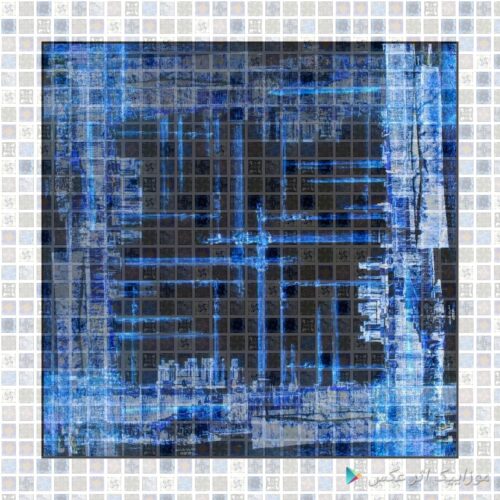عکاسی به همان میزان که امکانات فناورانه و ناخودآگاهانهای را برای فرایند «ثبت عینی» به عکاس میدهد، برای او قدرت «انتزاعی کردن» سوژه را نیز فراهم میآورد. عکاس میتواند با نزدیک شدن بیش از حد به سوژه (این نزدیکی در همان حال که فیزیکی است وجه مفهومی نیز مییابد) هویت قراردادی را زایل و هویتی تجریدی بدان ببخشد. به عبارت دیگر عکاس میتواند روح تازهای در کالبد سوژه بدمد و آن را از نو بیافریند. در مجموعه عکس “آدمها” اثر غلامرضا حیدرپناه با همچه وضعیتی مواجهایم. عکاس با مرکزیت بخشیدن به سوژهای ذاتن فرعی (لکههای روی شیشه) آن را به مثابهی انسانی کنشگر به تصویر کشیده است. جاگیری دوربین به گونهای است که نه تنها تناسب ابعاد انسانی به ذهن متبادر میشود بلکه حتا نوعی ژست هم ساخته میشود. مخاطب به هنگام مواجهه با چنین آثاری با دو گونه حقیقت روبروست. نخست حقیقت بیرونی که مرتبط با امر واقعی است، و سپس حقیقت درونی که با امر خیالی ربط دارد. در حالت ذهن با حرکت از واقعیت بیرونی سوژه به سمت حقیقت درونی خودش، آنها را از نو شکل میدهد و بازتعریف میکند. و امر معناساز در همین بازتعریف کردن نهفته است. از این رو مجموعه آدمها همواره میتواند در وجهی نمادین فهمیده شود، خواه مخاطب سوژهها را به عنوان پیکرههایی انسانی بفهمد، خواه چیزی دیگر…
نویسنده استیتمنت: حسین قسامی
Photography brings the “abstract” power of the subject to him as much as it gives the photographer the technological and subconscious possibilities for processing “objective recording.” The photographer can eliminate the contractual identity and give it an abstract identity by getting closer to the subject (this closeness also finds a conceptual aspect while it is a concept). In other words, the photographer can breathe new life into the subject and recreate it. In the photo collection of “People” by Gholamreza Heydarpanah, we encounter all situations. The photographer is portrayed as an active human being by focusing on the sub-subject (spots on the glass). The camera is positioned in such a way that not only the human fit is brought to mind, but even a kind of gesture is made.
When confronted with such works, the audience is faced with two kinds of truth. First the external truth which is related to the real thing, and then the inner truth which is related to the imaginary thing. In the state of mind, by moving from the external reality of the subject to its own internal reality, it reshapes and redefines them. And the semantic matter lies in this redefinition. Hence, the set of people can always be understood in a symbolic way, whether the audience understands the subjects as human figures or something else














